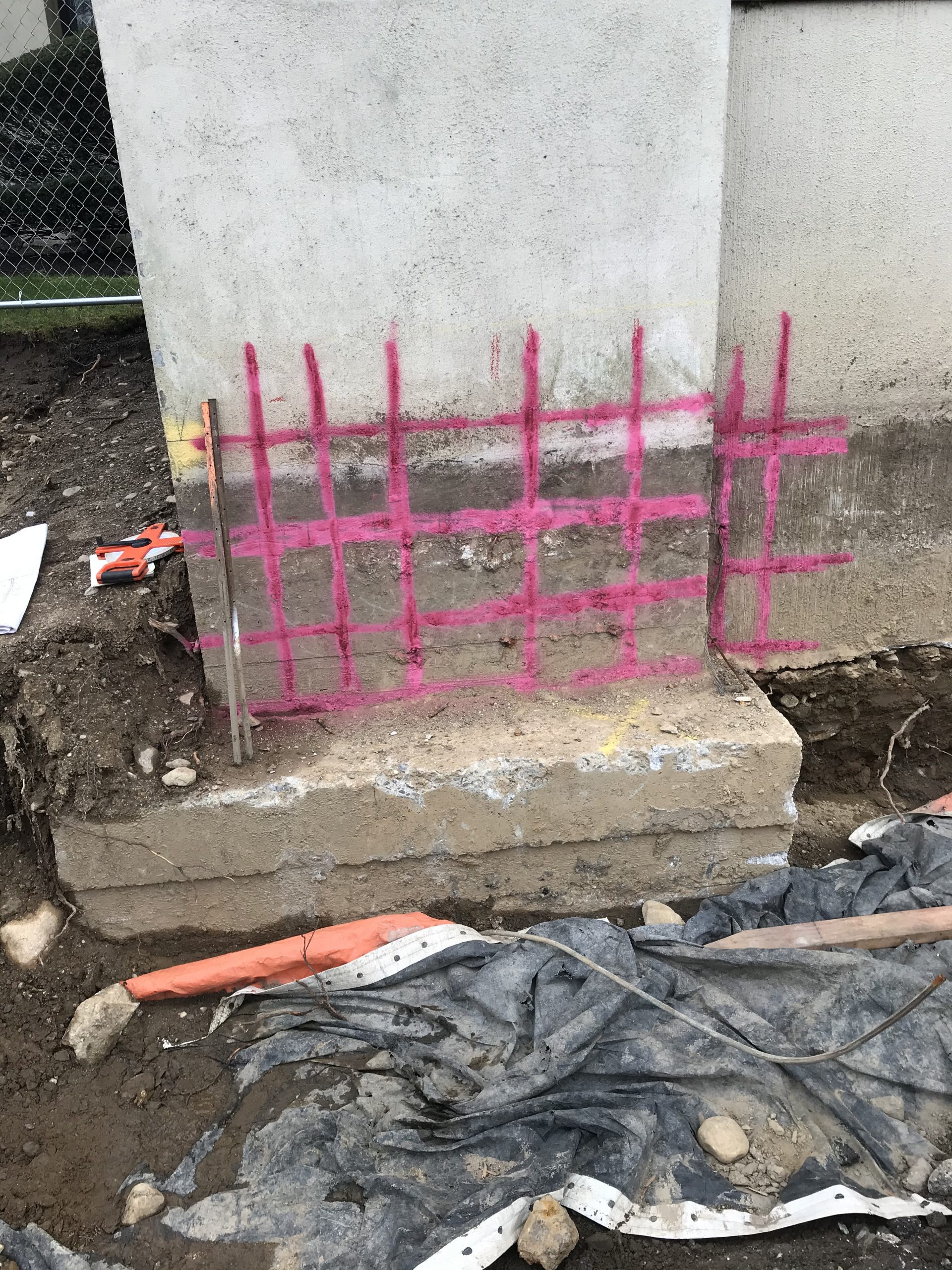RainierGPR Concrete Scanning: The Most Effective Selection for Construction Professionals
Checking Out the Key Advantages of Concrete Scanning in Construction Projects
In the world of contemporary construction practices, the usage of concrete scanning innovation has emerged as an essential tool for making certain project efficiency and architectural integrity. From improving precaution to properly spotting utilities concealed below the surface area, the benefits of concrete scanning are diverse. The capability to enhance project timelines and decrease costs while maintaining existing structures is a testament to the worth this technology brings to the construction industry. As we explore the nuanced advantages of concrete scanning, it becomes apparent that its effect extends much beyond surface-level analyses, providing a glance right into the detailed web of benefits waiting to be discovered.
Improved Safety Procedures
Utilizing sophisticated concrete scanning modern technology boosts precaution on building sites by offering precise detection of possible risks hidden under the surface. This innovation allows building groups to identify rebar, conduits, post-tension wires, and other obstructions prior to excavation or boring, dramatically reducing the danger of accidents. By pinpointing these components exactly, employees can stay clear of destructive essential structural components, thus preventing injuries, delays, and expensive repair work.
Furthermore, concrete scanning plays an essential duty in making sure the stability of existing frameworks during growths or restorations. By discovering weak points, gaps, or damage within concrete aspects, designers can address these concerns proactively, enhancing the general safety and long life of the structure. This positive technique not just reduces the threat of structural failures yet additionally lessens the possibility for accidents created by unanticipated structural deficiencies.
Fundamentally, the application of concrete scanning technology functions as a proactive security measure that safeguards both construction employees and the structural integrity of buildings, inevitably contributing to the total success and performance of building tasks. - RainierGPR Concrete Scanning
Accurate Discovery of Energies
Concrete scanning technology promotes specific recognition of underground utilities, improving building website safety and performance. Exact detection of utilities is important in building tasks to stop expensive damages, job hold-ups, and most significantly, guarantee the security of employees and the public. By utilizing advanced scanning innovations such as ground-penetrating radar (GPR) and electro-magnetic induction, building and construction groups can map out the location of hidden pipelines, cables, and other utilities with high levels of accuracy.

Time and Cost Efficiency

Concrete scanning modern technology makes it possible for building groups to accurately situate rebar, post-tension wires, and other embedded things within concrete structures. This accurate details helps in preventing costly errors such as unintended damage to vital aspects throughout exploration, cutting, or coring tasks. Furthermore, by recognizing potential threats ahead of time, the need for costly repair services or rework as a result of damages can be reduced, causing cost savings for the project.

Furthermore, the ability to quickly and precisely identify utilities below the surface without creating any kind of damages not just saves time but also avoids expensive disturbances to existing facilities. Generally, the moment and expense effectiveness advantages of concrete scanning make it an important tool for enhancing construction project management and execution.
Conservation of Structural Integrity
Preserving the structural stability of buildings and framework is extremely important in ensuring long-lasting security and safety and security. Concrete scanning plays a crucial duty in this preservation procedure by enabling construction professionals to recognize potential threats to the architectural stability of a structure or framework prior to they intensify into significant concerns. With using innovative scanning innovations such as ground-penetrating radar (GPR) and electromagnetic induction, construction groups can non-invasively evaluate the condition of concrete frameworks, find rebar, post-tension cables, and various other embedded components, and determine any gaps, fractures, or wear and tear within the concrete.
Improved Task Planning
In order to ensure the effective implementation of building projects, meticulous interest to detail and detailed preparation are crucial elements that stem from an extensive understanding of the structural conditions identified with concrete scanning. Eventually, incorporating concrete scanning into the job planning stage boosts sychronisation among group members, promotes proactive analytical, and adds to the successful delivery of construction projects within budget plan and schedule constraints.
Verdict
To conclude, concrete scanning offers countless benefits in construction jobs. By boosting security measures, properly detecting utilities, boosting time and expense efficiency, preserving structural stability, and aiding in job planning, concrete scanning proves to be an essential device for effective task execution. Its capacity to reduce threats, raise effectiveness, and ensure job stability makes it an essential property for building professionals.
In the realm of contemporary construction practices, the use of concrete scanning modern technology has actually arised as a crucial device for making certain job performance and architectural integrity.Concrete scanning technology allows building and construction teams to accurately find rebar, post-tension cords, and various other ingrained items within concrete frameworks. Via the use of innovative scanning innovations such as ground-penetrating radar (GPR) and electro-magnetic induction, building and construction groups can non-invasively assess the condition of concrete structures, situate rebar, post-tension cable televisions, look at more info and various other embedded components, and recognize any type of voids, fractures, or deterioration within the concrete.
In order to guarantee the effective execution of building tasks, meticulous interest to detail and thorough planning are important parts that stem from a detailed understanding of the structural problems recognized through concrete scanning. Ultimately, integrating concrete scanning right into the project preparation stage improves sychronisation amongst team members, cultivates aggressive analytical, and adds to the successful shipment of construction jobs within spending plan and timetable restrictions.